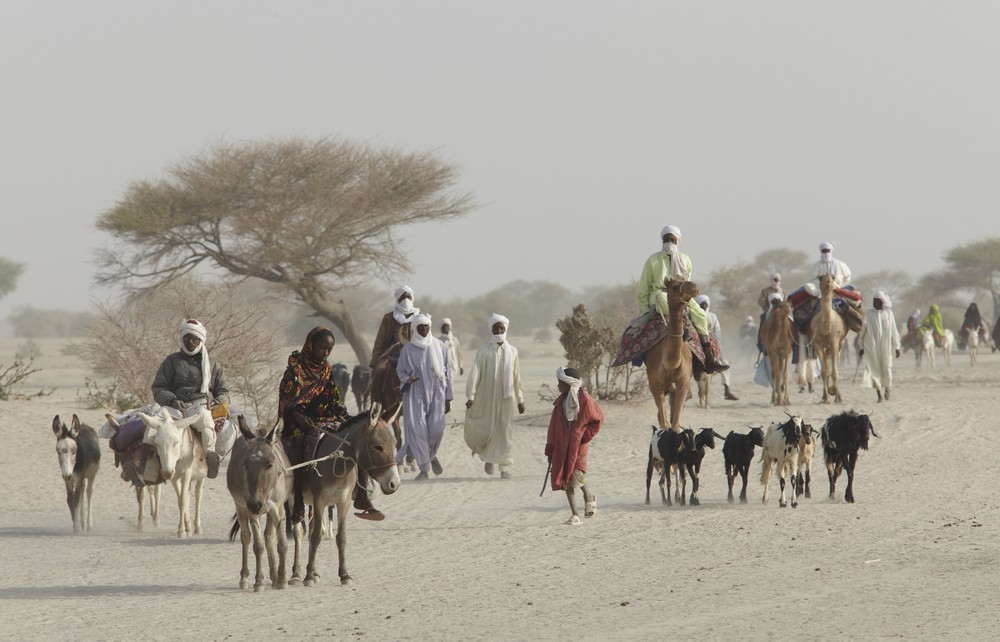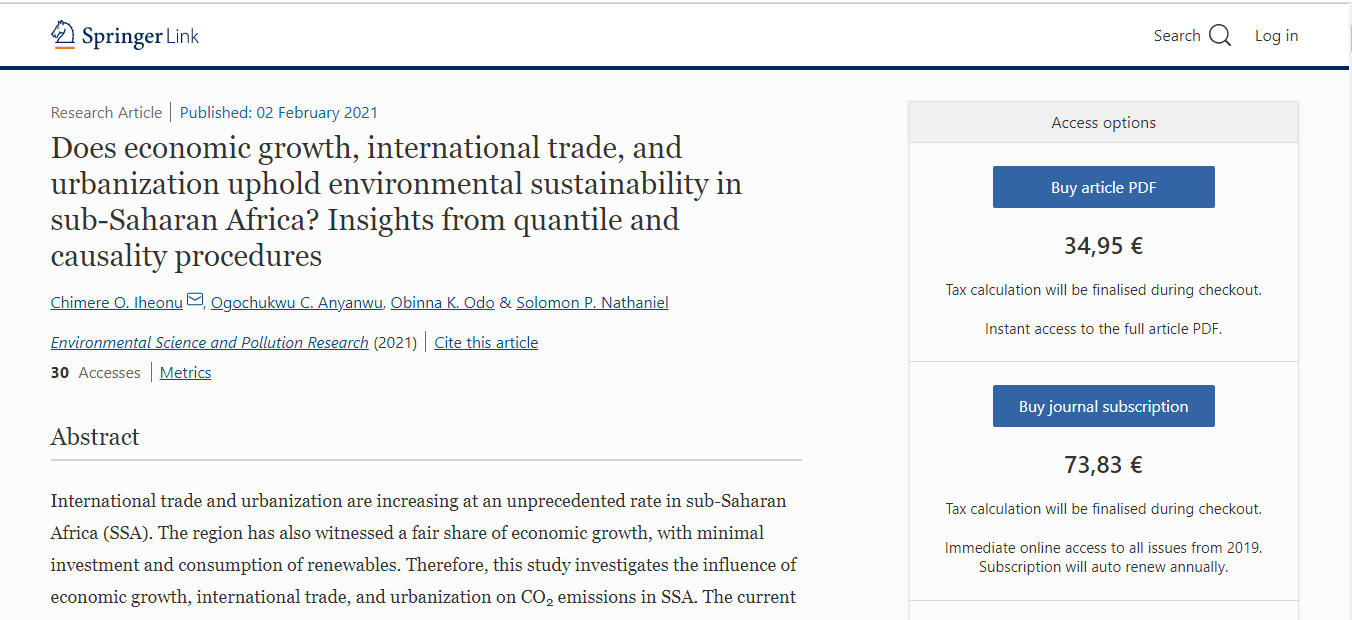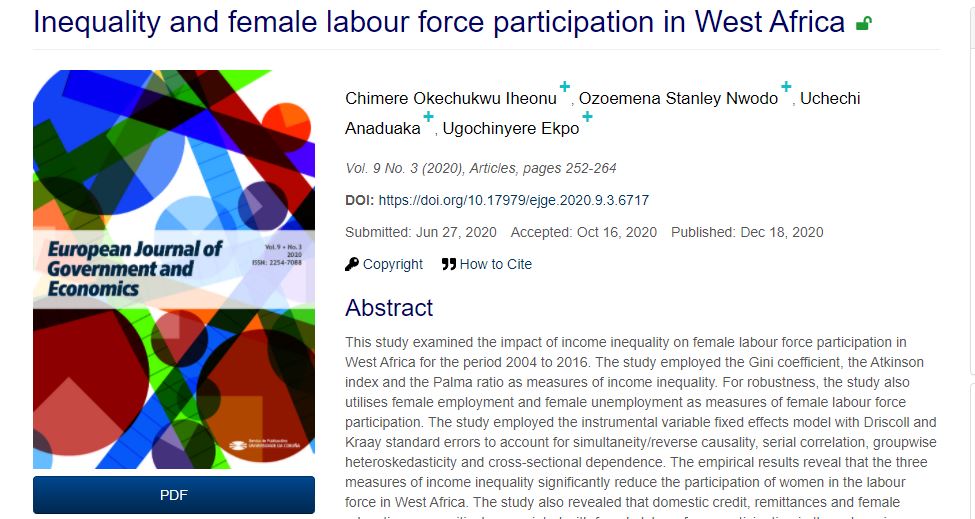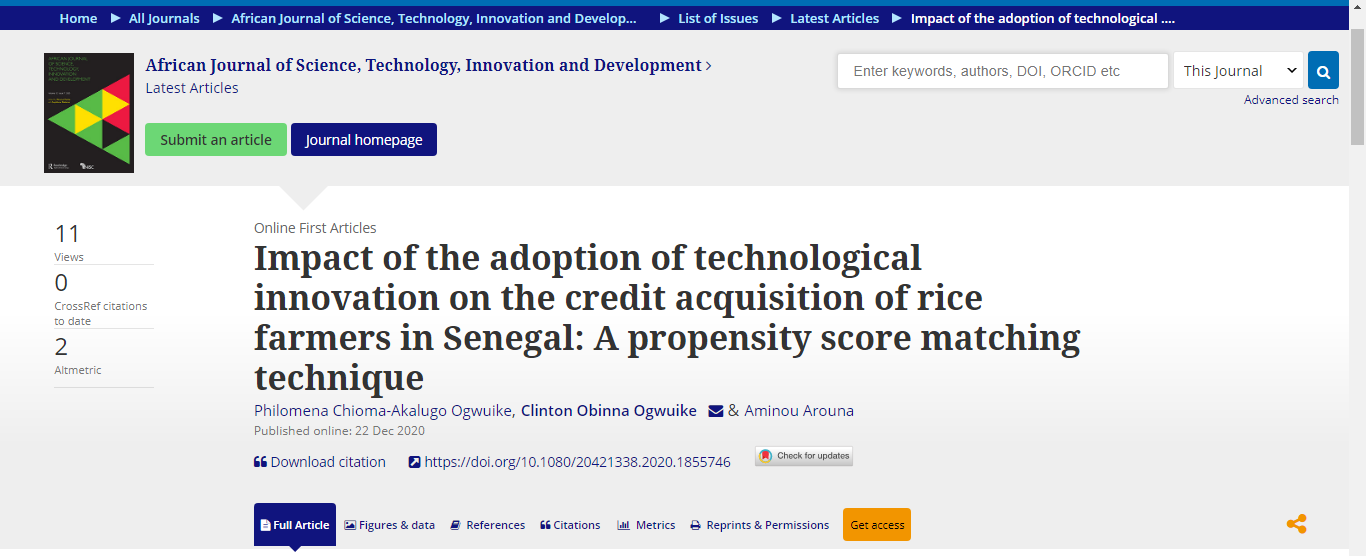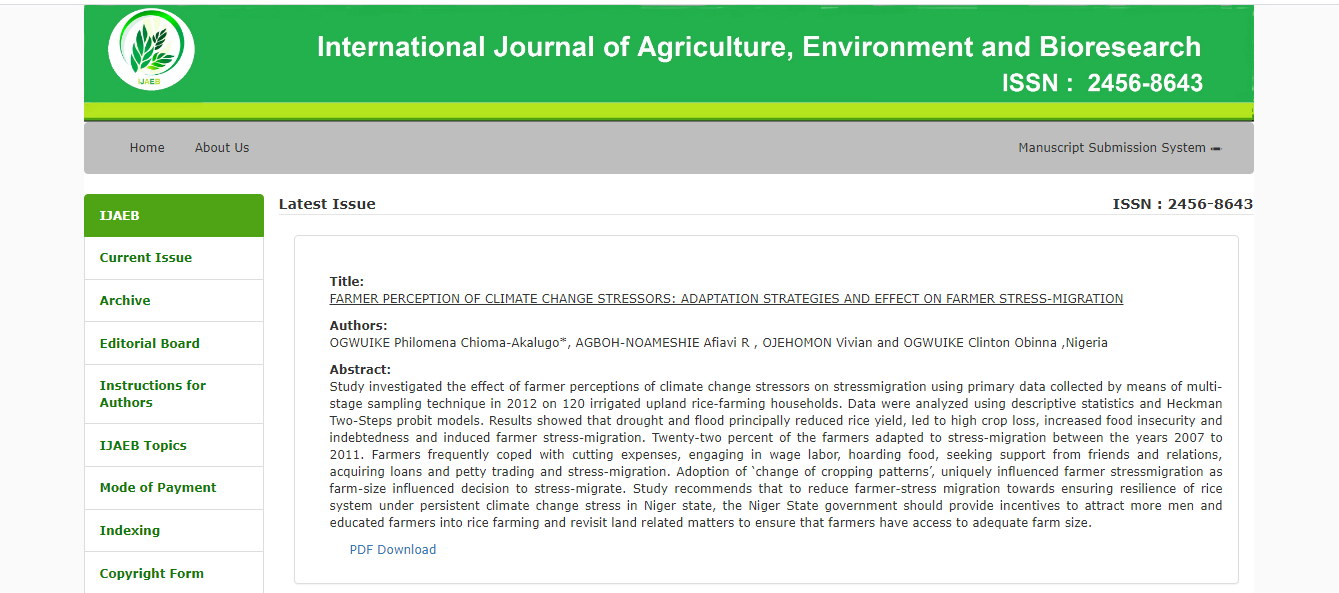Ethnic Inequality and Anti-authoritarianism in Sub-SaharanAfrica
There is a growing literature trying to explain differences in African citizens’ preferences towards democratic and non-democratic political institutions. Diamond et al. (1999), Evans and Whitefield (1995), and Kitschelt (1992) argue that satisfaction with government’s effectiveness and economic performance (Individual and national economic situations) are the main determinants of the observed differences. Krieckhaus et al. (2014) propose that the current understanding of support for democratic institutions would benefit from incorporating national economic inequality as a key driver since it can generate disillusion with electoral politics leading to less trust in democratic institutions (Karl, 2000; and McClintock, 1999). Moreover, wealthier citizens often support democratic institutions because they possess the economic and cognitive resources to pursue the “luxury goods” of democratic governance and can benefit
from State capture more than the poor (Bratton, Mattes, and Gyimah-Boadi, 2005; and Welzel and Inglehart, 2008).
A strand of theoretical literature suggests that in a country with high ethnic inequality, the population of the lower income quintile will support democracy as a mechanism for redistribution1. However, the existing literature does not empirically analyze how ethnic inequalities influence support and consolidation of democratic institutions. This paper improves on existing literature in two ways. First, we empirically show that individuals support for democracy is affected by levels of ethnic inequality. Second, by considering both Between ethnic group inequality (BGI) and Within ethnic group inequality (WGI), we explore how their interaction affects individual preferences for democratic institutions. The rest of the paper is organized as follows. Section 2 provides a literature review on ethnic inequalities in political science. Section 3 provides data description and the empirical framework. Section 4 focuses on the results,
while section 5 provides the conclusions drawn from the study.


 English
English
 Arab
Arab
 Deutsch
Deutsch
 Português
Português
 China
China
